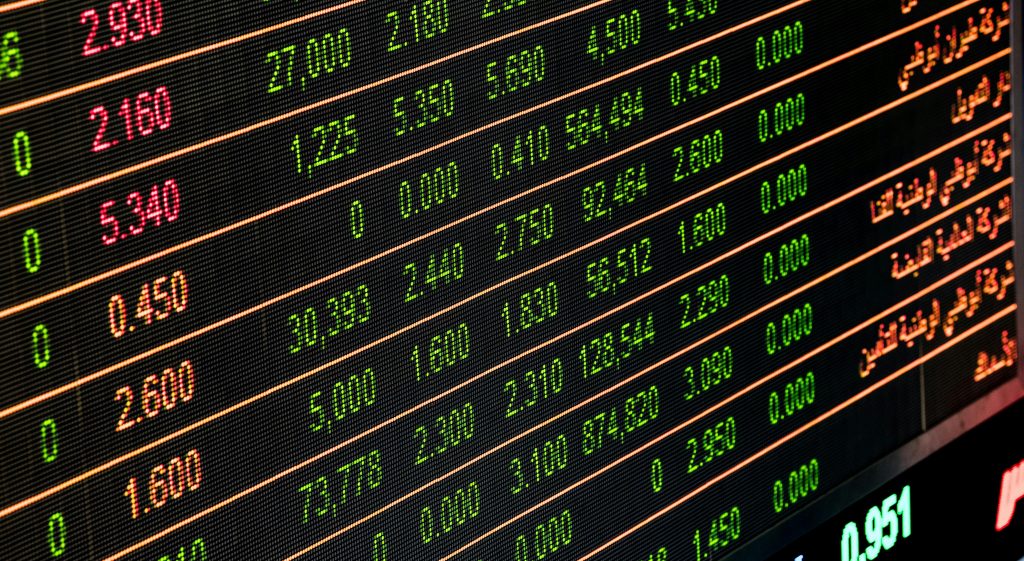CAC 40 vs. FTSE 100 vs. S&P 500: Which Stock Market Has Performed Best?
When investors think about stock markets, three of the most prominent indices often come to mind: the S&P 500 in the United States, the FTSE 100 in the United Kingdom, and the CAC 40 in France.
Each index represents a major economy and a set of influential companies — but their performance over the past decades has diverged sharply. In this post, we compare their returns, examine the reasons behind their differences, and discuss what this means for investors today.
A Snapshot of the Three Indices
Before diving into performance, here’s what each index represents:
-
S&P 500 (USA): Tracks 500 of the largest publicly traded companies in the United States, spanning all sectors of the economy, with a heavy weight toward technology and growth-oriented companies.
-
FTSE 100 (UK): Represents the 100 largest companies listed on the London Stock Exchange, heavily weighted toward energy, mining, and financial services — sectors with slower growth but high dividends.
-
CAC 40 (France): Includes 40 of the largest companies listed on the Euronext Paris, featuring global leaders in luxury goods, industrials, and energy.
Performance Over the Last 15–20 Years
Let’s look at how each index has performed since the global financial crisis of 2008–09, a period that has been defining for global equity markets.
S&P 500: The Undisputed Leader
The U.S. stock market — and particularly the S&P 500 — has delivered outstanding returns over the past 15 years.
-
From March 2009 to mid-2025, the S&P 500 has risen more than 400%, averaging around 10–12% annual returns.
-
This growth has been driven largely by the dominance of U.S. technology firms like Apple, Microsoft, Google, and NVIDIA, as well as strong corporate earnings and accommodative monetary policy.
FTSE 100: Slow and Steady
The UK’s FTSE 100 has lagged behind significantly:
-
Since 2009, the FTSE 100 has risen around 70–90%, translating to about 4–5% annual returns, including dividends.
-
The index is heavily weighted toward mature, dividend-paying sectors like oil & gas (BP, Shell), banks, and mining — which have struggled relative to high-growth tech.
-
The UK market also faced headwinds from Brexit uncertainty and slower economic growth.
CAC 40: A Middle Ground
France’s CAC 40 has outperformed the FTSE 100 but still trails the S&P 500:
-
Since 2009, the CAC 40 has risen roughly 150–200%, or about 6–7% annually.
-
The index has benefited from the strength of its luxury brands (like LVMH, Hermès, and Kering), which have seen strong global demand, as well as industrial giants like Airbus.
Why the Differences?
Sector Composition
-
The S&P 500 is tech-heavy, capturing the explosive growth of the digital economy.
-
The FTSE 100 is skewed toward “old economy” sectors (energy, finance, materials) that grow more slowly.
-
The CAC 40 has unique exposure to luxury goods, which have performed exceptionally well over the past decade, boosting its returns above the FTSE but below the S&P.
Economic Environment
-
The U.S. economy has grown faster and more consistently, with stronger corporate profits and more innovation.
-
The UK faced Brexit-related uncertainty, which dampened investment and sentiment.
-
France has benefited from a stable eurozone environment and strong global demand for luxury goods, but structural issues still limit its growth.
Valuations & Dividends
-
The FTSE 100 pays some of the highest dividends among global indices, but this has not fully compensated for its weak price growth.
-
The CAC 40 offers moderate dividends and some growth.
-
The S&P 500 has lower dividend yields but much stronger capital appreciation.
What Does This Mean for Investors?
-
The S&P 500 has been the clear winner for growth-focused investors, though it is now more expensive by valuation measures.
-
The FTSE 100 may appeal to income-focused investors, thanks to its high dividends and relatively low valuations.
-
The CAC 40 offers a blend of growth (particularly through its luxury and industrial leaders) and income at reasonable valuations.
Final Thoughts
Over the past 15 years, the S&P 500 has delivered superior returns, powered by the U.S. tech boom and robust earnings growth. The CAC 40 has performed respectably, helped by global demand for luxury and industrial goods, while the FTSE 100 has lagged, weighed down by its heavy exposure to slower-growth sectors and Brexit-related challenges.
Looking ahead, market leadership may eventually rotate, and undervalued markets like the FTSE 100 or CAC 40 could see renewed interest — particularly if their economies stabilize and global investors seek value and dividends over growth.
For investors building a diversified portfolio, understanding the unique characteristics of each index — and the economies they represent — is crucial to making informed decisions.
If you are a resident in France or Monaco and you are interested in investment advice, feel free to contact us at support@aisainternational.fr.
Disclaimer: This article is for informational purposes only and does not constitute financial advice. Past performance is not indicative of future results. Always consult a professional advisor before investing.





